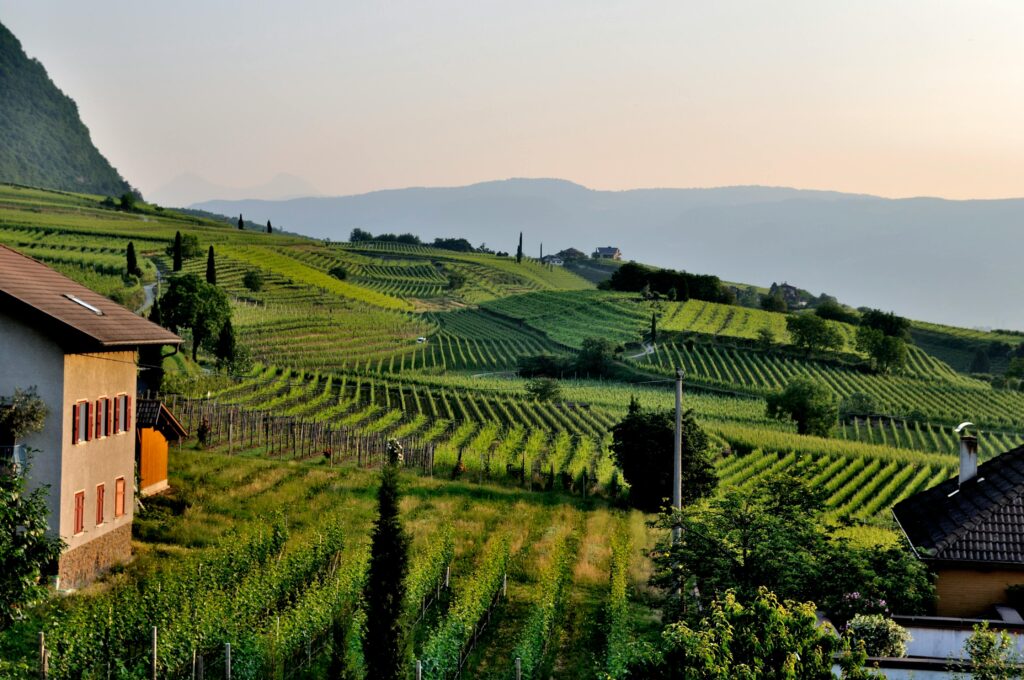The wine industry saw some major shake-ups over the past year, with big-name companies making moves that could shape the future of how we drink, buy, and think about wine. From billion-dollar takeovers to luxury brand expansions, 2024 and early 2025 were filled with high-stakes deals that showed just how quickly the wine world is changing.

One of the most talked-about deals was Duckhorn Portfolio’s $400 million purchase of Sonoma-Cutrer Vineyards. Sonoma-Cutrer, famous for its award-winning Chardonnay, was sold by Brown-Forman, the same company behind Jack Daniel’s whiskey. This move helps Duckhorn strengthen its position in the premium wine market, adding another top-tier label to its growing list of California brands. It’s a clear sign that the industry is shifting toward quality over quantity.
Constellation Brands, another major player, continued to double down on premium wines. After selling off many of its cheaper labels in the past few years, the company is now focusing on upscale names like Robert Mondavi and The Prisoner Wine Company. The strategy is simple: while overall wine consumption is slowly decreasing in some markets, people are willing to spend more on better bottles. So instead of selling lots of low-cost wine, companies are now competing to offer the best high-end experiences.
Luxury powerhouse LVMH also made waves this year by investing more heavily in sparkling wines. Best known for Champagne giants like Moët & Chandon and Dom Pérignon, LVMH has turned its attention to Italy’s popular Prosecco region. Sparkling wine is more popular than ever—no longer just for weddings and New Year’s Eve. Younger drinkers are enjoying bubbly on regular nights out, and LVMH wants to lead that charge across the globe.
Meanwhile, technology continues to play a bigger role in the wine business. Online platforms like Wine.com, Drizly, and Vivino saw a rise in partnerships and investment. Some offer personalized wine recommendations using AI, while others make it easier than ever for wineries to sell directly to customers. After the boom in online shopping during the pandemic, this digital trend is clearly here to stay.
It’s not just happening in the U.S., either. In Europe and Latin America, wineries are joining forces to expand globally and lower production costs. Smaller producers in countries like Chile, Argentina, and Spain are working with international distributors to bring their bottles to new markets, especially Asia and North America.
All of these moves point to a major shift in the wine world. Big companies are betting on fewer, better bottles. They’re leaning into luxury, expanding internationally, and using technology to meet modern customers where they are. While the wine industry may be old, it’s proving that it knows how to adapt—and still raise a glass to the future.